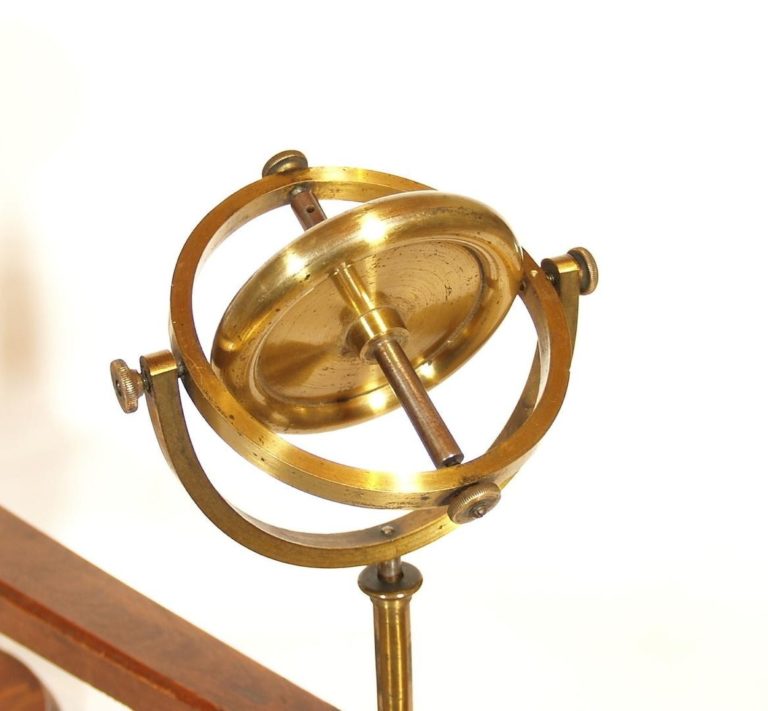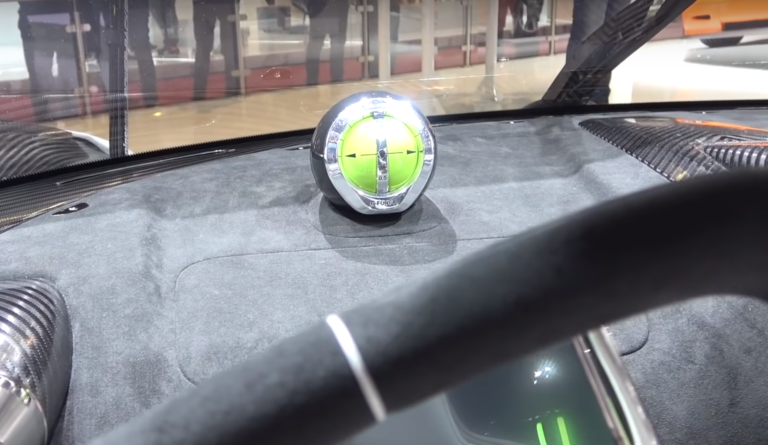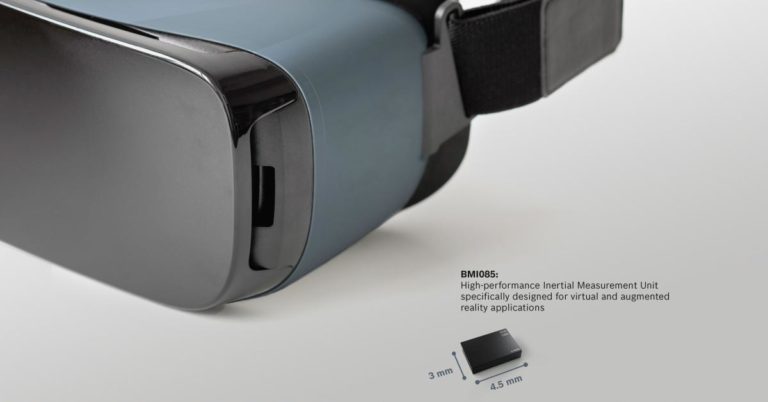Ever balanced a tray with a lot of drinks on it with one hand? Sounds easy right? That’s because the human hand, along with the arm, guided by sensory neurons, as well as pin-point eye coordination, enable us to balance objects accordingly to the external conditions. We are able to balance ourselves on steep climbs and steady descents, and sense shifts in gravity, not only on our own bodies, but even in individual items. This is all owed to the complex vestibular systems within our heads, which is able to detect shifts in gravity. But for many devices that we use, we need similar ‘systems’. And so, in comes the story of gyroscopes and how they shape modern day lives.
It all began in the 1800s, with several scientists such as Johann Bohnenberger, Walter Johnson, Pierr-Simon Laplace and Leon Facault, working on varying instruments of measurement and balance. The last of these, Leon Facault, in 1852 was the first person to coin the term Gyroscope. The device developed by Facoult consisted of a spinning top and two gimbals which revolved according to the angle they were held at, and were also spun by the motor at a continuous axis. However, this device was still inaccurate and within a few minutes, friction would slow down and jerk the movements of the gimbals, and the motor would heat up and shut down as well.

Gyroscopes have since then been used in countless instruments across history, including aircrafts, satellites, astrotelescopes and mobile phones. Basically, they allow machines to know the certain angle at which they are tilted. In everyday usage, gyroscopes are quite common in smartphones, enabling them to determine how the user is holding the phone. From aeroplanes to snartphones, gyroscopes have evolved quite a lot over time. So much so, that now they are even being used in high performance automobiles such as the Koenigsegg Jesko Hypercar.

So that brings us to the latest usage of gyroscopes, that is…in the field of virtual reality. There are several sensors in a VR headset, including accelerometers and magnetometers. These, combined with gyroscopes, enable the headset to provide a truly immersive experience, enriched with six degreees of freedom, or 6DOF. This 6DOF experience enables users to view not only images, but vidoeos, and interactable video games, in a completely engulfing environment, which follows the users head movements. At first, the gyroscopes in both smartphones and VR headsets weren’t as accurate, and would often malfunction. However, it is an inevitability of technology to be upgraded. And so after a few hickups in between, gyroscopes have become highly accurate. So what does the future hold for such fine technology? People believe as time passes, and research on VR headsets improves, gyroscopic sensors will not only improve in accuracy, but will reduce in size as well, taking up less space within headsets. Furthermore, people hope to make gyroscopes more durable with advanced polycarbon technology. Bosch has already created a nano gyrosensor, which is merely 3×4.5 mm in size. This means it can be used in almost all devices, irrespective of their size.

This will give devices that utilize gyroscopes, a more durable build. Glitches and irregularities pertaining to gyroscopic errors (such as magnetic errors in vibration sensing gyroscopes used in smartphones) will also decrease. This can give rise to truly accurate VR, which will inhibit the strain put on the eyes whilst processing the images displayed.
